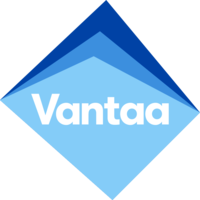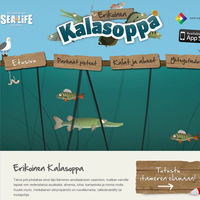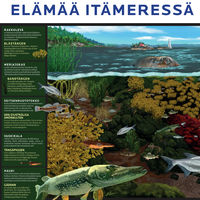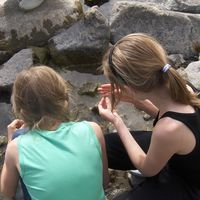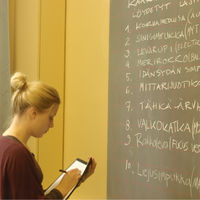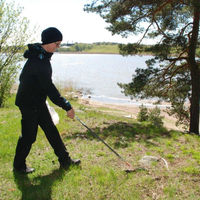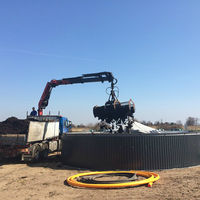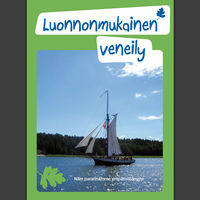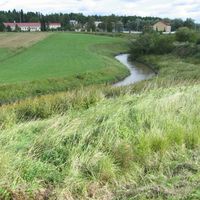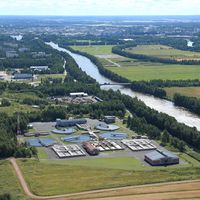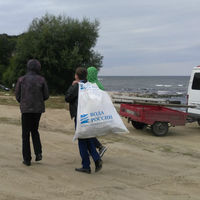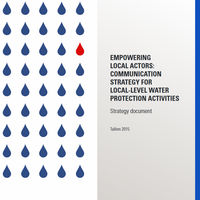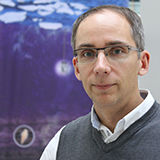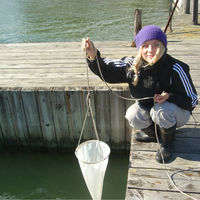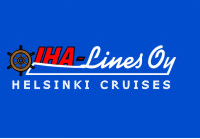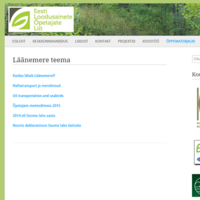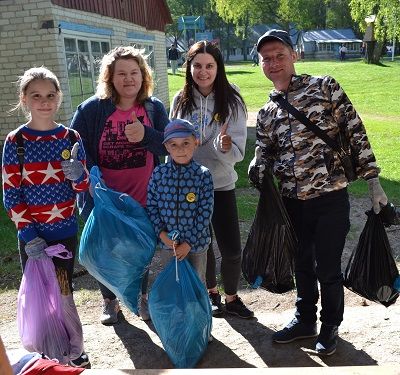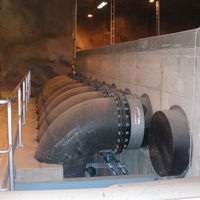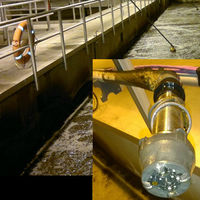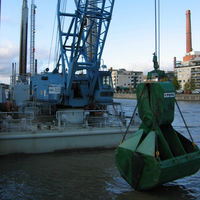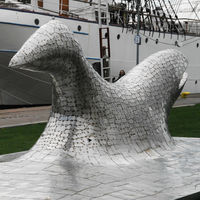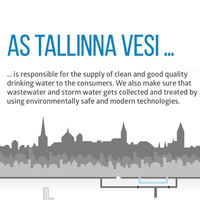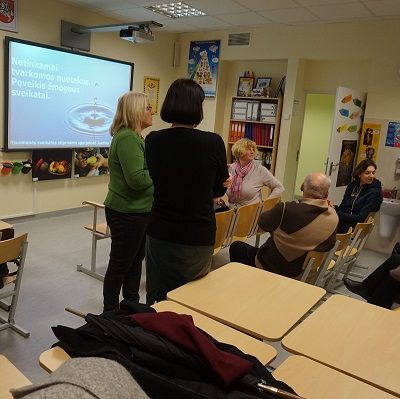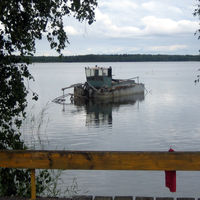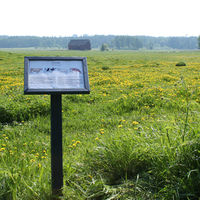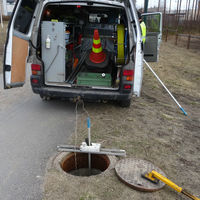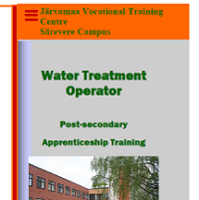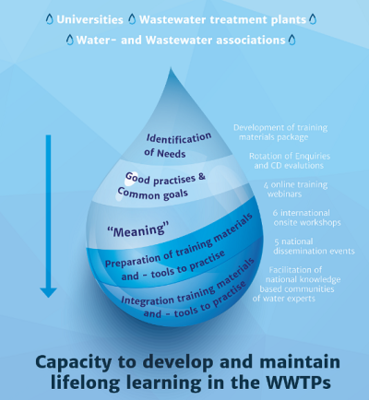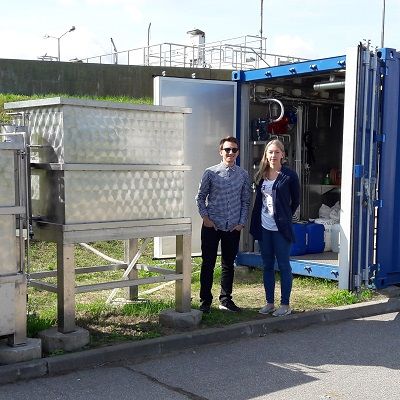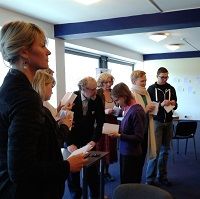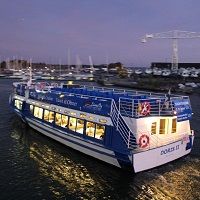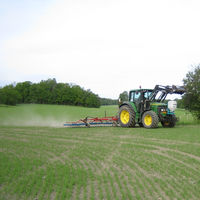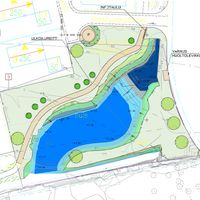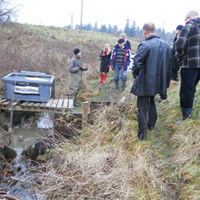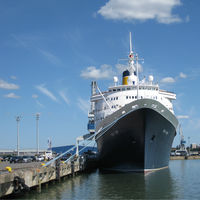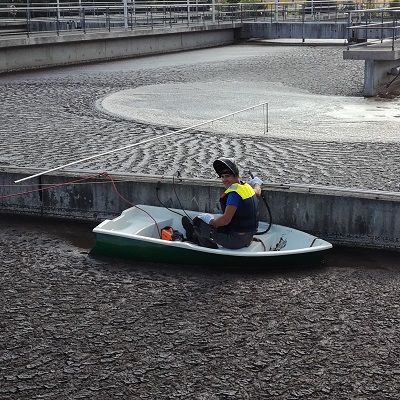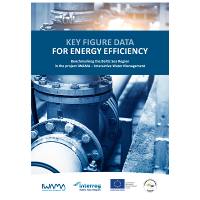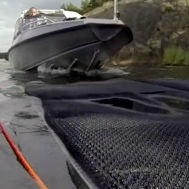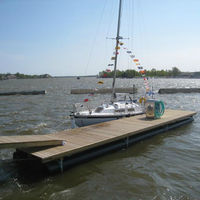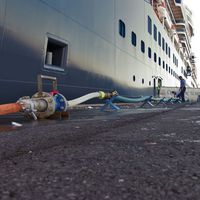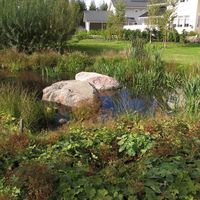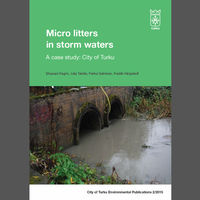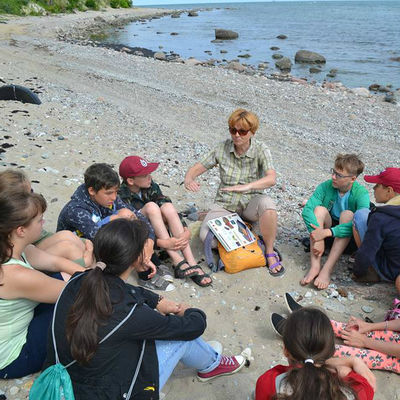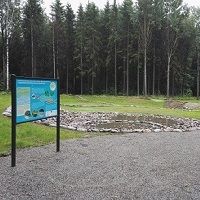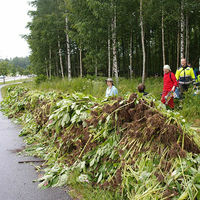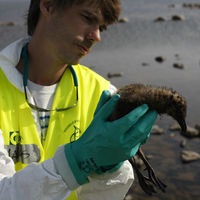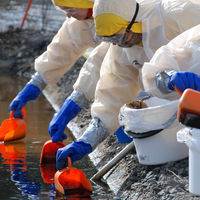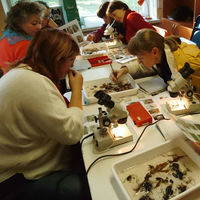Bank of Actions
Are you seeking examples or inspiration for water protection? There are plenty of potential actions to choose from! The Bank of Actions will provide your organisation with concrete ideas and examples of water protection activities implemented by organisations in the Baltic Sea Challenge network. You can browse these according to the theme, type of actor, country, year or keyword.
 |
Join the Baltic Sea Challenge network by committing to water protection work, and gain the benefits of an international expert Network. Read more about the Baltic Sea Challenge and how to join the network. |
 |
The Bank of Actions is always open to ideas for new actions. Is your organisation already a member of the Baltic Sea Challenge network and does it have good examples of water protection measures that it would like to share? Tell us about the work that you do, by filling in this form. We will put your action on the map! |
![]() Agriculture
Agriculture
![]() Awareness raising
Awareness raising
![]() Hazardous materials
Hazardous materials
![]() Littering etc.
Littering etc.
![]() Oil spill prevention
Oil spill prevention
![]() Research and monitoring
Research and monitoring
![]() Shipping and boating
Shipping and boating
![]() Stormwater management
Stormwater management
![]() Strategies and programs
Strategies and programs
![]() Wastewater management
Wastewater management
![]() Other
Other
![]() Drainage basin
Drainage basin
Analysing the output of the thermal hydrolysis plant at WWTP Grevesmühlen
Actor: Zweckverband Grevesmühlen ● Year: 2018 ● Address:
 The aim of the thermal hydrolysis is to destroy the membrane of bacterias in the excess sludge with help of high pressure and temperature. In this process, water and nutrients within the bacterias are set free. This leads to several advantages, e.g. less sludge mass in the digestion, which leads to a higher detention time, which leads in turn to a higher biogas production and a better dewatering capacity of the digested sludge.
The aim of the thermal hydrolysis is to destroy the membrane of bacterias in the excess sludge with help of high pressure and temperature. In this process, water and nutrients within the bacterias are set free. This leads to several advantages, e.g. less sludge mass in the digestion, which leads to a higher detention time, which leads in turn to a higher biogas production and a better dewatering capacity of the digested sludge.
However, there might be also disadvantages, as it is not investigated, how much nutrients are set free from our sludge as a function of pressure and temperature. In cooperation with Aqua and Waste from Hanover the aim of this project was to understand which loads and concentrations are to be expected from the thermal hydrolysis.
Description
The analyses
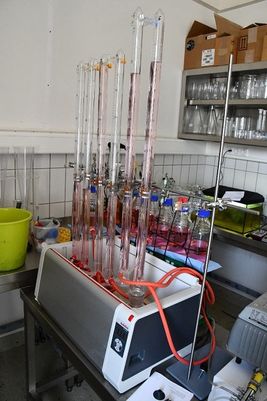 In a laboratory scale an anaerobic digestion was simulated with sludge from both a laboratory scale and an industrial scale thermal hydrolysis unit. Each sludge-batch was hydrolyzed with a different combination of pressure and temperature. Several parameters were measured each day, for example sludge temperature, COD, nitrogen, phosphorus, dry matter and organic dry matter before and after the digestion. But also biogas parameters like the amount produced biogas, CH4, CO2, H2S and O2 were tested. Each sludge batch was digested up to 30 days.
In a laboratory scale an anaerobic digestion was simulated with sludge from both a laboratory scale and an industrial scale thermal hydrolysis unit. Each sludge-batch was hydrolyzed with a different combination of pressure and temperature. Several parameters were measured each day, for example sludge temperature, COD, nitrogen, phosphorus, dry matter and organic dry matter before and after the digestion. But also biogas parameters like the amount produced biogas, CH4, CO2, H2S and O2 were tested. Each sludge batch was digested up to 30 days.
First results
In the laboratory scale the amount of additional loads set free through hydrolysis were higher with decreasing temperatures of the sludge. In the industrial scale it was observed the other way round, which was the expected result.
Furthermore, there was less biogas produced from hydrolyzed sludge than from raw sludge. That came as a surprise. This might be because hydrolyzed sludge has more loads and the second step of the anaerobic digestion, the acidification, produces too many acids, which inhibits the whole anaerobic process.
The sludge was examined for organic dry matter and dewatering capabilities. In the laboratory scale the results met the expectations: Hydrolyzed sludge has a better dewaterability than raw sludge.
Benefits
The aim of the thermal hydrolysis is to destroy the membrane of bacterias in the excess sludge with help of high pressure and temperature. In this process, water and nutrients within the bacterias are set free. This leads to several advantages, e.g. less sludge mass in the digestion, which leads to a higher detention time, which leads in turn to a higher biogas production and a better dewatering capacity of the digested sludge.
However, there might be also disadvantages, as it is not investigated, how many nutrients are set free from our sludge as a function of pressure and temperature. In cooperation with Aqua and Waste from Hanover the aim of this project was to understand which loads and concentrations are to be expected from the thermal hydrolysis.
Background information
Analysing the output of the thermal hydrolysis plant was conducted within Interreg Baltic Sea Region Programme 2014-2020 financed project IWAMA (Interactive Water Management project). Baltic Sea Challenge had close co-operation with IWAMA. The project activities concentrated on developing the capacity of water sector operators and pilot investments to increase energy efficiency and advance sludge handling. All project activities were targeted at better environmental state of the Baltic Sea through reducing nutrient input, optimizing energy consumption of the wastewater treatment plants, training water sector’s employees and ensuring the transfer of knowledge. The partners of the IWAMA project joined the Baltic Sea Challenge network.

Further information
Name: Mathias Peters ● Email: Mathias.Peters(a)Zweckverband-gvm.de ● Web page: www.zweckverband-gvm.de

